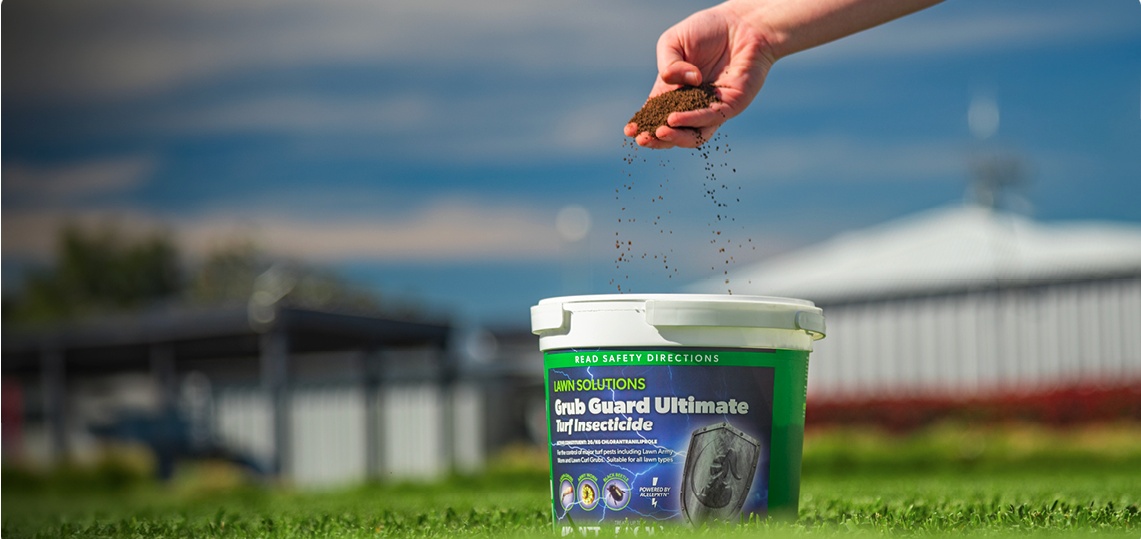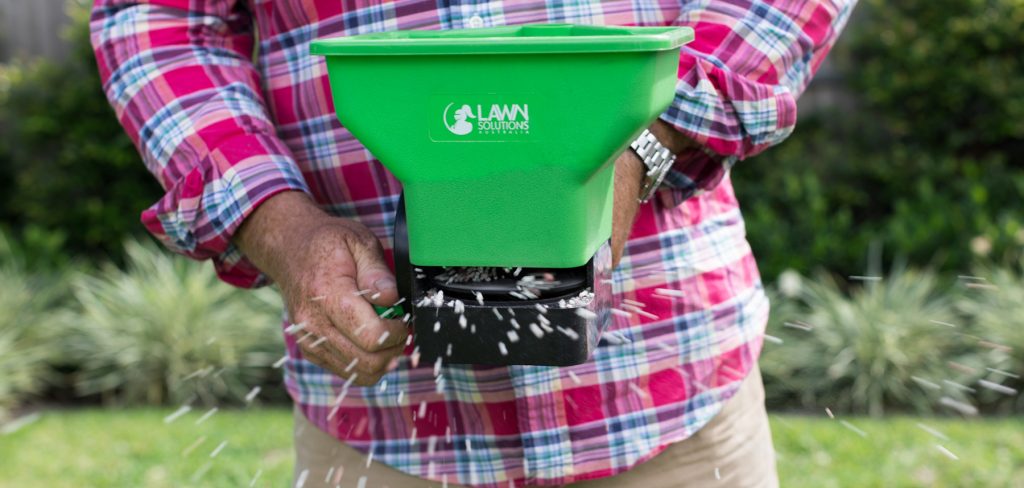African Black Beetle
Scientific name: Heteronychus arator
Black beetles can be a common sight in and around your lawn. They are a natural part of the ecosystem and play an important role. We sometimes hear from people who have noticed them in their lawn and are concerned that they may be damaging their grass.
Here’s what you need to know…
It is rare that adult black beetle will cause much harm worth worrying about, it’s the root feeding black beetle larvae that cause the most damage. So, it’s important to understand their lifecycle and signs of infestation, so that you can take prompt action when they become active.
Description
Black beetle eggs are laid in spring and early summer. After several weeks the eggs hatch and the larvae or grubs emerge that then feed on the grass roots. It is when large numbers of these eggs hatch that it is a serious problem for some lawns. These larvae develop through 3 stages, the fully-grown larvae at the end of the third stage are around 25mm long. You will need to be particularly vigilant as the weather warms up, usually September to March, and after heavy rain.
The larvae then move into pre-pupae and pupae stages which cause no damage to your lawn, before developing into adults after about 2 months, in late Summer or early Autumn.

Adult beetles are black and shiny, about 15mm long, with brown serrated legs. The beetles are dormant or semi-dormant through the winter before laying eggs again in spring where the cycle repeats.
Symptoms
As a result of extensive root damage caused by these larvae, your lawn can no longer take up the moisture and nutrient it requires efficiently. This causes the grass to become dry and straw like, as it would during severe drought conditions.
When at its worst, the grass will actually be able to be peeled back easily from the soil surface as the roots have been eaten away. This is when you will inevitably find a large number of feeding larvae.

Treatment for Lawn Grubs
Due to the rate at which the grubs feed and move across your lawn, the number of eggs they lay, and the sheer numbers involved in an infestation, delaying treatment can be disastrous. Your local turf farmer can supply advice and treatment options.
You can also source fast-acting insecticide products here on our website as well, such as Lawn Solutions Grub Guard or Lawn Solutions Battle Insecticide to get the job sorted quickly and easily. Always remember to follow the manufacturer’s handling and safety instructions.

The most effective time to apply the treatment is as late in the day as possible while the adults are active.
To ensure the grubs are eradicated, apply the treatment again in two weeks. This is an especially important timeframe because eggs take 2-5 weeks to hatch and more grub’s will become present. A re-application at this point will ensure that any missed eggs or grubs are eliminated.
Prevention for Lawn Grubs and Pests
Unfortunately attack by these grubs can happen to any lawn and can occur numerous times during a season.
This is why we recommend Grub Guard Ultimate, Acelepryn GR, and Acelepryn Liquid. Acelepryn provides safe and effective control of black beetle while minimising the impact on the environment and non-target organisms, such as bees and earthworms.

Acelepryn targets pests such as black beetle, stem weevil, cut worm and army worm. The great thing about Acelepryn in comparison to other pesticides, is that it’s preventative. This is why spring is a great time to spread it out and protect your lawn for up to six months.
As always, if you have any more questions please don’t hesitate to contact us for free expert advice on 1800ALLTURF (1800255873) or 07 5543 8304.























